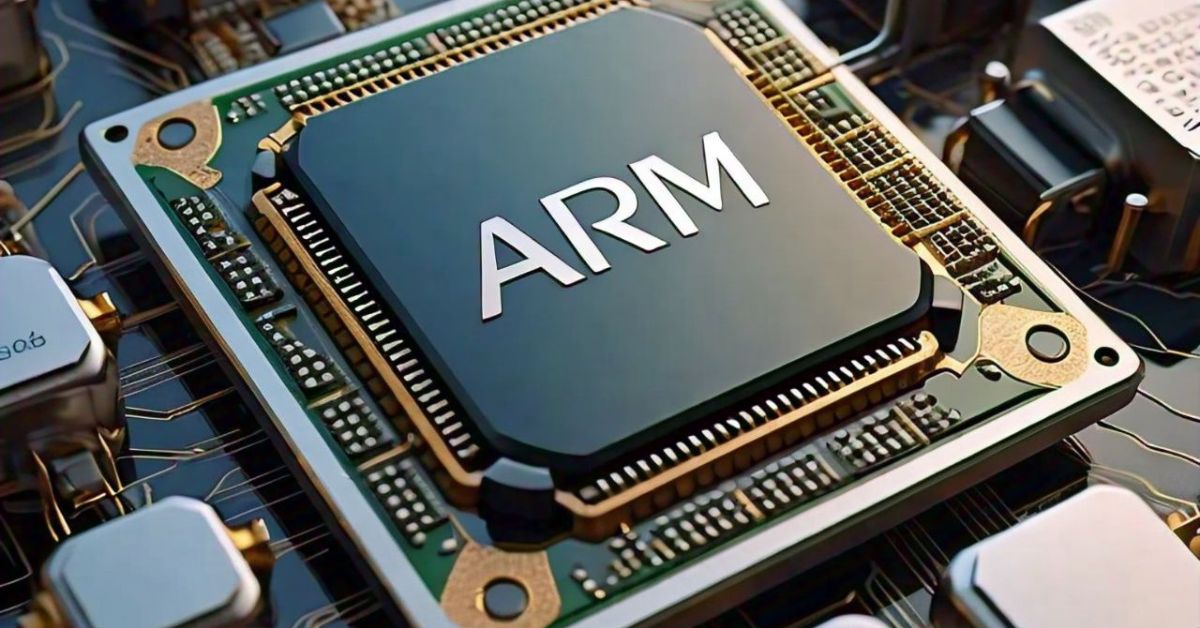ARM processors are revolutionizing computing landscapes with unparalleled energy efficiency, scalability, and flexibility. In a world where devices increasingly demand more power while putting energy consumption on the back burner, ARM designs continue to blaze a trail. But exactly what is it about ARM processors that makes them so special, and why are they at the heart of modern computing?
What Are ARM Processors?
ARM processors are RISC architectures designed by ARM Holdings. In order to execute simple instructions efficiently, these processors use less power than traditional processors. The design philosophy, therefore, has to be centred in terms of optimization of performance per watt, hence ideal for all power-sensitive applications.
Early History of ARM Architecture
ARM began its journey long, long ago in the 1980s as a successor to CISC-based processors and not only to x86 systems but also others. Over time, ARM evolved to support multiple cores and advanced security requirements along with artificial capability, so this architecture is suitable for quite a wide variety of applications.
Special Architecture of ARM
Reduced Instruction Set Computing (RISC)
The instructions ARM processors use are RISC-based, which means that they are simple to execute and consume less power. Unlike typical processors, RISC-based architectures focus more on executing a smaller number of instructions to lead toward faster performance and higher efficiency.
Scalability in ARM Designs
ARM processors are scalable. Therefore, developers can create systems ranging from low-power microcontrollers to high-performance compute clusters. It is for this reason that ARM dominates in both mobile and embedded computing.
Energy Efficiency
Low Power Consumption
Low Power consumption is one of the prominent advantages provided by ARM. The devices using ARM processors can achieve a longer battery life, which has been important for portable gadgets such as laptops and smartphones.
ARM in Battery Powered Devices
From wearables to IoT sensors, ARM processors power devices that have to function for long periods without being frequently recharged. Their ability to strike a perfect balance between performance and efficiency makes them indispensable.
High Performance
Smartphones and Tablets
ARM processors drive almost every modern smartphone and tablet, delivering so much high-speed performance into browsing through gaming.
High-Performance Computing
Ironically, ARM is making its entrance into HPC, and low power consumption and efficient design are coming to rescue data-intensive tasks.
ARM in IoT
How ARM Powers IoT Devices
ARM guarantees low-cost and energy-efficient solutions for the billions of IoT devices that are to be connected to the Internet. Their processors are driving smart home systems, industrial automation, and much more.
Challenges in IoT Expansion
ARM processors also pose quite a few challenges like challenges in standardizing IoT protocols and security in the connected devices.
ARM Processors in Data Centers
Cloud Computing with ARM
Data centres are embracing ARM processors with energy efficiency and operational cost-cutting solutions. Cloud providers like AWS rely on ARM for green computing solutions.
Energy Cost Saving in Server Farms
ARM-based servers dissipate less power, produce less heat, and need minimal cooling infrastructure, thus holding a tremendous cost-saving benefit in massive data centres.
Frequently Asked Questions
How is an ARM processor different from an x86 processor?
ARM follows the RISC architecture which makes it energy efficient and simple. The processor x86 executes with the CISC architecture, which focuses on compatibility and performance for difficult workloads.
### What drives the efficiency of ARM processors in terms of energy?
ARM processors execute fewer instructions in carrying out activities while relying on the RISC-based design, meaning that they have less power consumption and heat generation.
Do ARM processors handle high-performance workloads?
Yes, ARM processors are being widely used for high-performance computing applications such as data centres and AI workloads.
Why are ARM processors so ubiquitous in mobile devices?
They consume very little power, which makes them well-suited to battery-only devices like smartphones and tablets.
What’s the future of the IoT for ARM?
The majority of IoT devices use ARM processors for their energy efficiency, small form factor, and ability to execute simple, repetitive tasks.
What’s next for the ARM processor?
The future of ARM lies in growing into high-performance computing, artificial intelligence, and edge computing while being abreast and forging innovations in energy efficiency and scalability.
Conclusion
ARM processors are a revolution, not just a trend. With unmatched energy efficiency, scalability, and versatility, ARM is revolutionizing computing in ways that were not imaginable just years ago. As ARM continues to innovate and expand, the extent of its influence on technology in the future is undeniable.
